Clerodendrum growing pays off
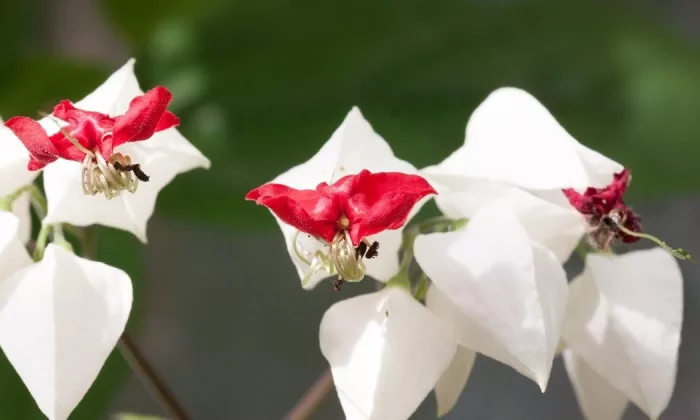
If you are a lover of exotic flowers and want to make your apartment more pleasant by displaying an interesting plant, then try growing clerodendrum – a tropical liana or woody vine with unusual white-red flowers.
Clerodendrun
Clerodendrum, also known as glorybower, belongs to the Verbenaceae family of tropical and subtropical plants. It includes about 400 species and the most widely grown is the Thomson’s Euphorbia, native to Central Africa. This liana grows in tropical areas and climbs to a length of up to 5 meters. If grown at home it can reach between 1.5 to 2 meters. Leaves are deep green with pronounced veins and it blooms from mid-spring to the end of summer. It displays a rich inflorescence, which consists of several dozen white calyxes with red flowers protruding outwards from the top . Flowers bloom only for a few days, but are re-established and keep blooming for several months. And where you may purchase your own clerodenrum? Well, in almost every garden shop.
Clerodendrum may be a shrub or overhanging plant
Thomson’s Euphorbia is an adaptable plant and you can grow it as a classic liana that will crawl on a suitable surface or you may tie it to a stake in your flowerpot. You can also grow it as an overhanging plant or as a small shrub. Small shrubs grow to a height of about 60 cm but shrubs do not bloom that much, even though you may have seen it blooming a lot in magazines. You will get flowers, but less than with other varieties of this species.
Growing clerodendrum
As for cultivation, the habitat should be very bright, but not exposed to a direct sunlight. However, if your plant suffer from a lack of light you can tell, especially in winter, when the plant begins to pull upwards and loses strength. To eliminate this, cut long shoots in the spring. During the flowering period, which usually lasts from spring to autumn, clerodendrum needs temperature around 20 °C and in winter, the temperature should be around 10-15 °C. Try to keep the soil moist and the humidity higher during the growing period but reduce watering in winter. You may fertilize the plant every 14 days starting in spring all the way to the end of summer.
Photo: Pixabay

Gardening is my hobby, I have a lot of experience and I am happy to share it.


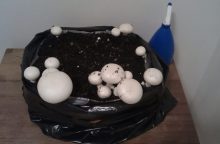

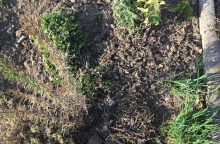
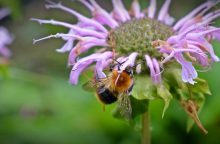
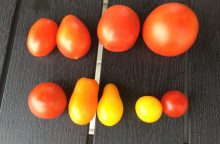
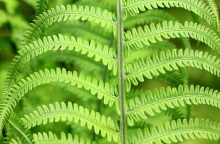
0 comments